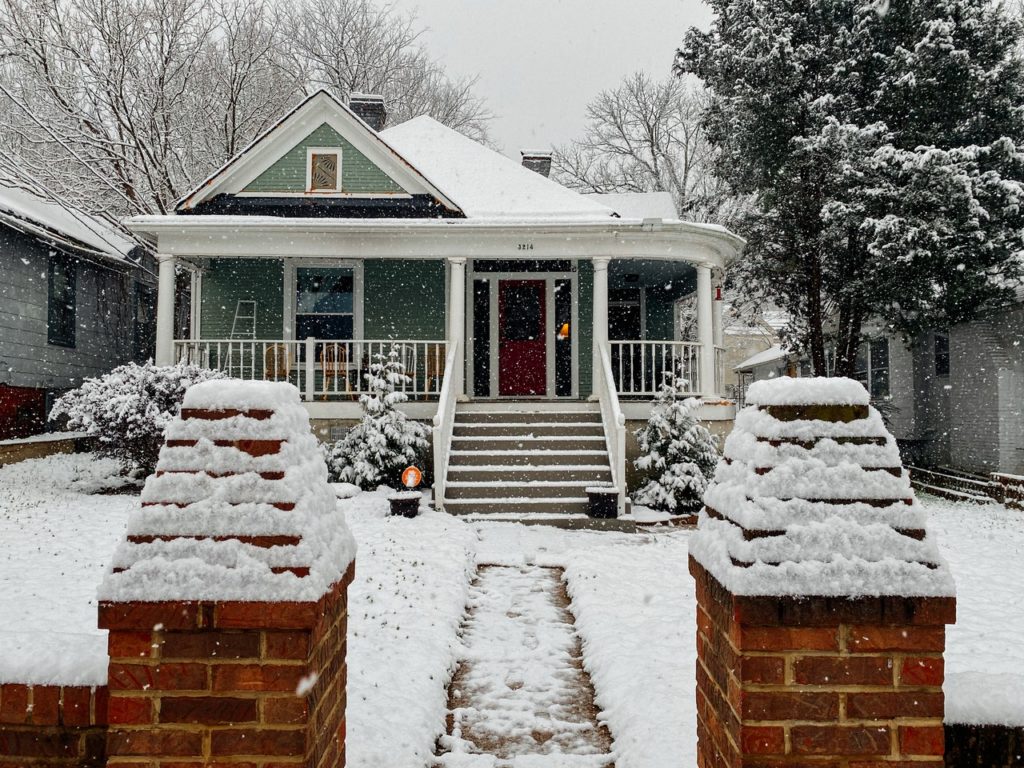It’s not always easy to point the finger at it. When you enter your home, something doesn’t feel quite right, and you have trouble relaxing. The more you think about it, the clearer it dawns on you: the temperature. Is it too hot? Too cold? Does going from room to room trigger a headache due to the drastic rise or drop in temperature?
You’re not the only one suffering from this problem. A lot of homes in America struggle with maintaining a balanced temperature throughout the house. Perhaps the worst part about it is that it’s also the main cause of bill shock. There’s just no other plausible explanation for it other than the additional work your HVAC system is doing to regulate room temperature. When you’re stuck in this kind of dilemma, what do you do, and how do you fix it?
The Facts About Changing Temperatures
There are a lot of reasons why one room feels hotter or cooler than the other. Some of the most common causes include poor insulation, your house’s location, window placement, and HVAC system installation.
When your house has trouble with its insulation, you’re usually letting outside air indoors. This makes certain rooms dependent on the temperature outdoors. There’s also the matter of where the room is facing and where the windows are placed. It could be in the direction of the sunrise or sunset, or it could also be facing in the opposite direction, which attracts little heat in. Lastly, the proximity of your rooms to the HVAC system can directly impact how well it can cool or heat them. Knowing the causes of your problem will help you to address it more efficiently.
Maintenance is the Best Prevention
You’ll want to start by inspecting your heating and cooling system. When was the last time you replaced the filter of your HVAC? Are you aware that there are annual and bi-annual maintenance tasks you have to perform to keep it in top shape? If you’re using an AC instead of an HVAC, check it for abnormalities. Is it still operating as it should, or do you suspect it needs to be looked at by an expert? Look for AC repair services that can restore it to shape.
You’ll also want to get a contractor to look at your house for anything that may be causing poor insulation. The older your house is, the better you should maintain it. Committing to a maintenance schedule will help you prevent problems that could take time and money to fix. One such problem is the functionality of your doors and windows.
You’ll Want to Seal Those
Weatherstripping deteriorates and allows air from outside to seep in through your doors and windows. It’s a common culprit for people who live in old houses. Summers feel hotter, and winters feel colder regardless of the efforts you make to cope indoors.
Replace the weatherstripping, especially in high traffic areas like kitchens, bathrooms, and bedrooms where windows are often used. Front doors and backdoors, too, need close inspection to determine the wear of your weatherstripping. You’ll want to watch out for breaks or tears in the rubberized components and learn to differentiate them from signs of traffic. When you spot some, it’s time to get to work. The great news is that replacing them is neither expensive nor complicated. You can watch a tutorial online and refer to your nearest hardware store for the tools you need.

Make Practical Investments
It’s better to be practical when dealing with the temperature in your home. It could be that aside from worn weatherstripping, you haven’t installed shutters, drapes, or blinds that can improve insulation. Having these options can help you cope better with the changing seasons, even if your windows and doors are no longer inviting outside air in. Your immediate outdoor environment will always affect your indoor temperature, and your best move is to use them to your advantage.
Close your blinds to keep a room cool during the summer and leave them open throughout the day to invite sunlight in. Pull the drapes close at night to keep snowstorms further. There’s such a thing as thermal curtains that are specifically made to improve insulation during winter. Equip your rooms with the appropriate furniture and drapes for each season to help you achieve the perfect temperature.
Zone Them
Sometimes, it’s just not possible to have the same temperature for all your rooms. Installing an HVAC zoning system is your best option for this, as it allows you to set your desired temperature for each room using your smartphone. It will also let you save more energy because you won’t be cooling or heating rooms that aren’t in use.
A Degree of Comfort
Temperature plays a huge role in people’s level of comfort. The moment you feel that you’re not in control of it in your home, do some maintenance work and address the issues using practical means. You deserve to go home every day to a house that is just cool enough or warm enough for your taste.

